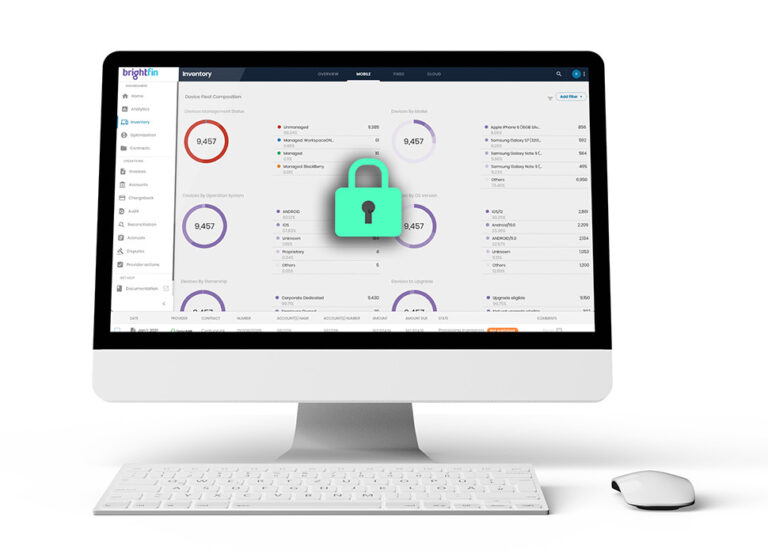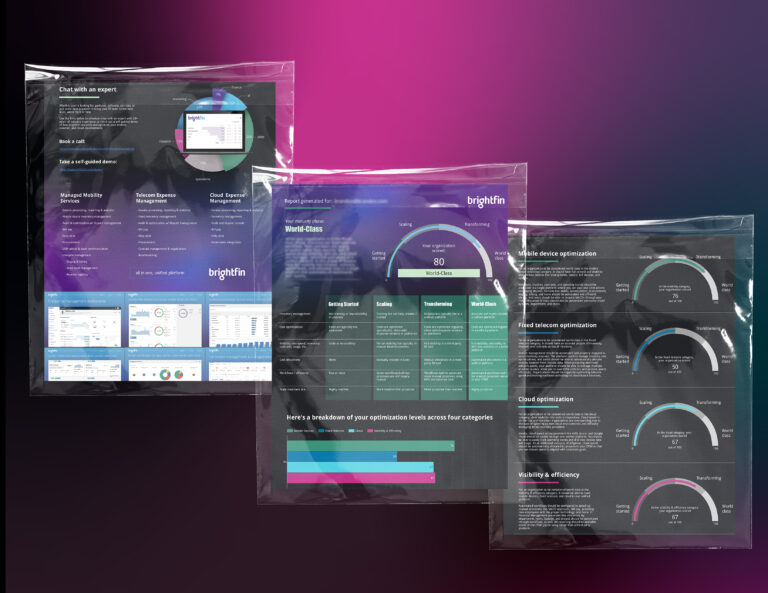Telecom expense management is one of the most important aspects of the IT budget.
When it comes to telecom expense management, there are a lot of things that you need to keep an eye on. The most important thing to remember is that your business’s IT budget is not just about hardware and software; it also involves other important aspects such as voice and data services, which are constantly evolving with new technologies and solutions.
Telecom expense management is one of the most important aspects in the IT budget. Telecoms are one of the biggest expenses for most businesses, and they can be reduced by using telecom expense management tools. Telecom expense management involves controlling costs and ensuring that you get value for money when it comes to your phone lines, internet connection and mobile phone contracts. This can be done by:
- Managing contracts – this may mean renegotiating contracts with service providers or switching to cheaper providers altogether if there are better deals available elsewhere
- Managing costs – this includes monitoring usage so that you know how much each employee is spending on calls/texts etc., which will help you avoid overspending later down the line
The rising cost of copper
The telecom industry is grappling with the challenges posed by the ongoing copper meltdown, and the major players like AT&T, Verizon, and Sprint are taking measures to distance themselves from this expensive and revenue-shrinking system.
Several factors are contributing to this trend. Firstly, the aging copper infrastructure is becoming increasingly expensive to maintain and upgrade. Secondly, the technicians with the necessary skills to support and maintain these lines are aging, and many of them are retiring. Thirdly, replacement parts for copper systems are becoming prohibitively expensive and difficult to acquire.
Moreover, carriers are shifting their focus away from copper systems and investing heavily in fiber networks, which offer faster speeds, more sales opportunities, and additional services. In addition, there is a growing trend of customers “cutting the cord,”. As of 2021, the number of households with landline phones has dropped to around 30%, according to the Centers for Disease Control and Prevention. Additionally, the COVID-19 pandemic has accelerated the shift to digital and remote communication, leading to an even greater decline in demand for traditional phone systems.
With declining demand for copper-based phone services, carriers are rethinking their strategies, resulting in a significant impact on business phone systems with POTS (plain old telephone service) lines and their telecom bills. Many carriers are raising rates, refusing to sign contracts, or even ending services altogether. For instance, AT&T has informed some customers that they need to find an alternative to their TDM services by the end of July 2021 due to a sunsetting of services, while other carriers like Verizon and Sprint have also given similar notices to their customers.
Involving TEM experts in the network transformation process can ensure that your business has a clearer picture of its telecoms spending.
As your business grows, you may find that the traditional telephone lines and fax machines no longer meet your needs. A TEM expert can help you understand how much money is being spent on these legacy technologies and advise on cost-saving opportunities.
For example, if you have a large number of employees spread across multiple locations with POTS (plain old telephone service) lines in place, it might be worthwhile to consider replacing them with more advanced alternatives such as VoIP (Voice over Internet Protocol) or SIP trunks that can provide greater functionality than POTS lines at a lower cost per seat.
The transition from a traditional phone system to VoIP is a complex process, involving several steps.
The transition from a traditional phone system to VoIP is a complex process, involving several steps. This process is not a one-time event but rather an ongoing effort that requires the involvement of many stakeholders in order to succeed. The following diagram shows how this process works:
Telecom Expense Management (TEM) vendors provide tools for managing telecom costs and billing, but they are not responsible for implementing the changes needed within your organization’s IT infrastructure or communications systems. You will need to engage with them early in order for them to help you plan for your migration away from POTS lines, as well as guide you through the various steps involved in making it happen.
Service providers manage the physical connections between your company and its end users’ phones; they also provide any necessary equipment such as PBXs (Private Branch Exchange), voice gateways or IP phones etc., depending on what kind of service packages have been purchased by each individual user within each departmental unit within their respective locations/branches across multiple cities worldwide.
The transition from a traditional phone system to VoIP can help you cut down on costs and improve your communication infrastructure at the same time.
In a time when businesses are increasingly dependent of their telecommunications infrastructure and employees are accustomed to an always-on connection, telecom expense management can be a challenge. Fortunately, there’s now a solution: transitioning your traditional phone system to VoIP (Voice over Internet Protocol).
The benefits of this switch are numerous:
- You’ll reduce your phone expenses by up to 95 percent while improving communication infrastructure, collaboration and customer satisfaction at the same time!
- Your POTS line will become obsolete once your transition to VoIP is complete, so don’t let it take up valuable space in your IT infrastructure anymore than necessary.
- Your POTS line will become obsolete once your transition to VoIP is complete, so don’t let it take up valuable space in your IT infrastructure anymore than necessary.
Don’t use your POTS line for new services. If you need to add a new service or feature, consider using SIP trunking instead of the older technology because it’s easier to manage and maintain than traditional phone systems.
- POTS lines should be scheduled for decommissioning as soon as possible after making the switch to VoIP
- POTS lines are a legacy system that should be scheduled for decommissioning as soon as possible after making the switch to VoIP.
- POTS lines are a waste of money and resources, especially when compared with other options like SIP trunks or Internet-based phone services.
We hope this article has given you a better understanding of the value of telecom expense management, as well as how to make the most of your VoIP system. If you have any questions about our products or services, please don’t hesitate to reach out!






